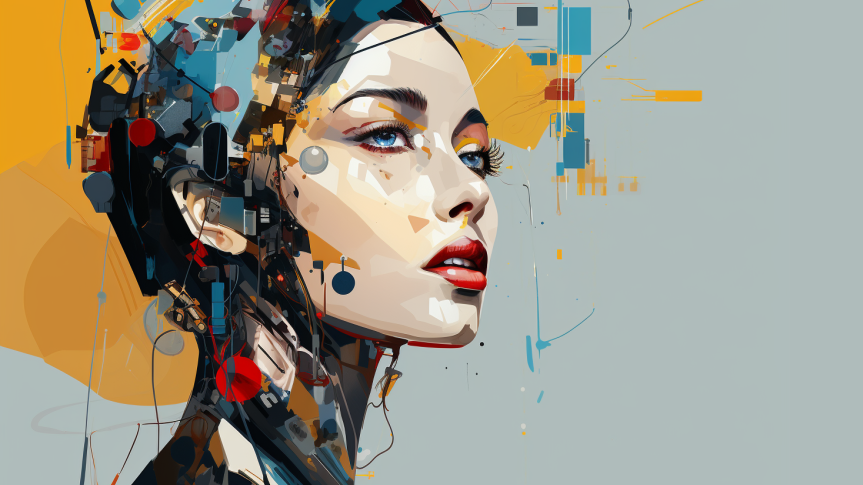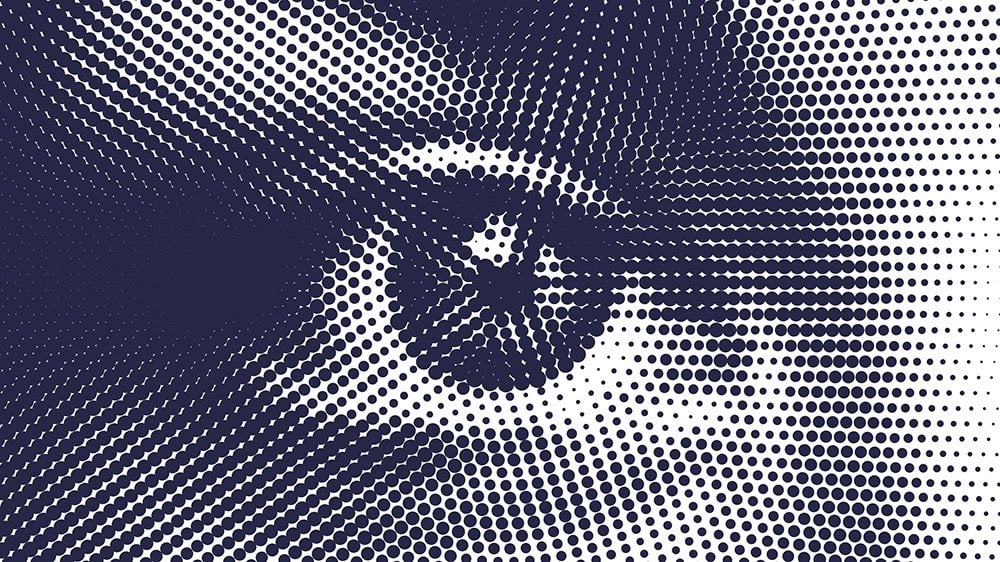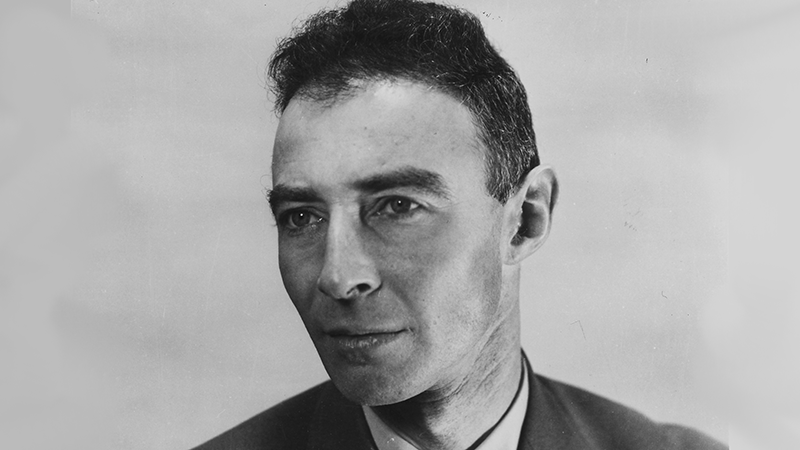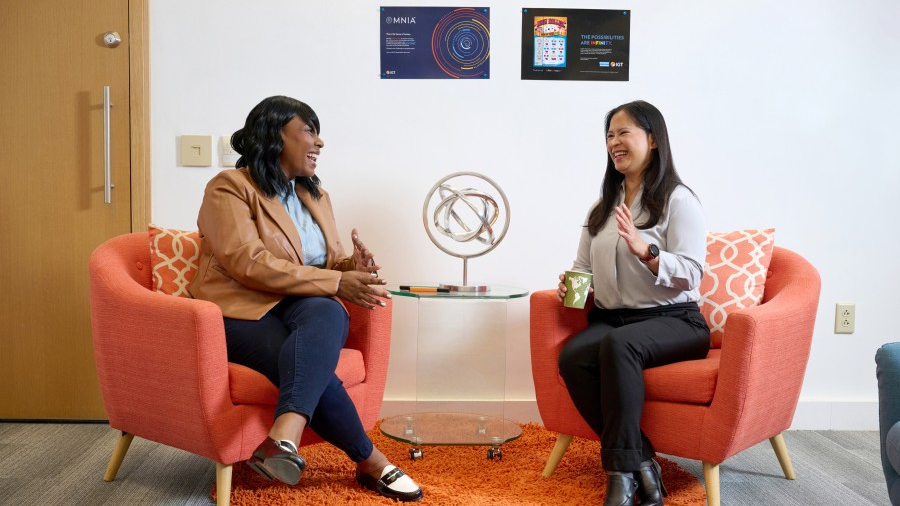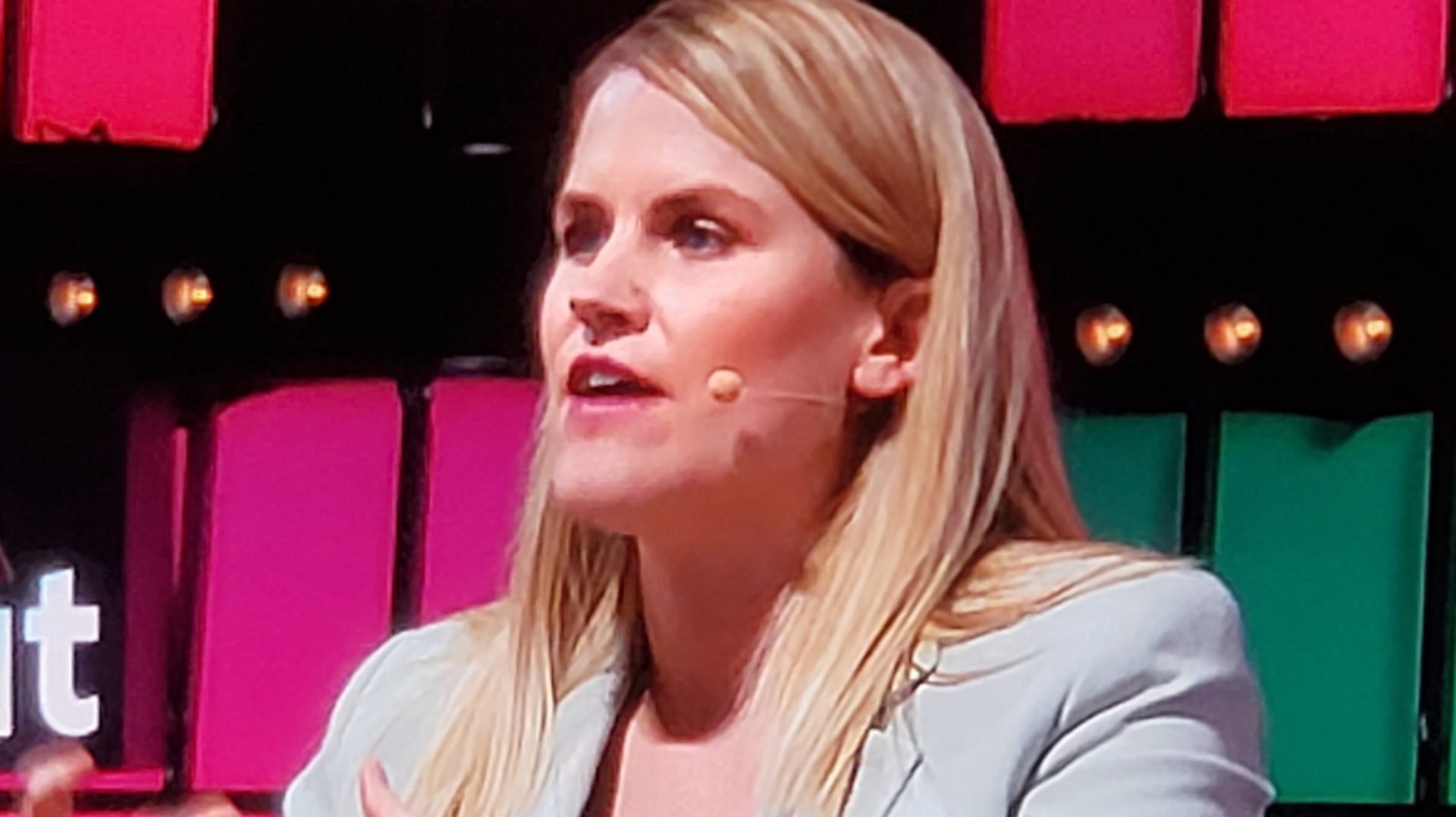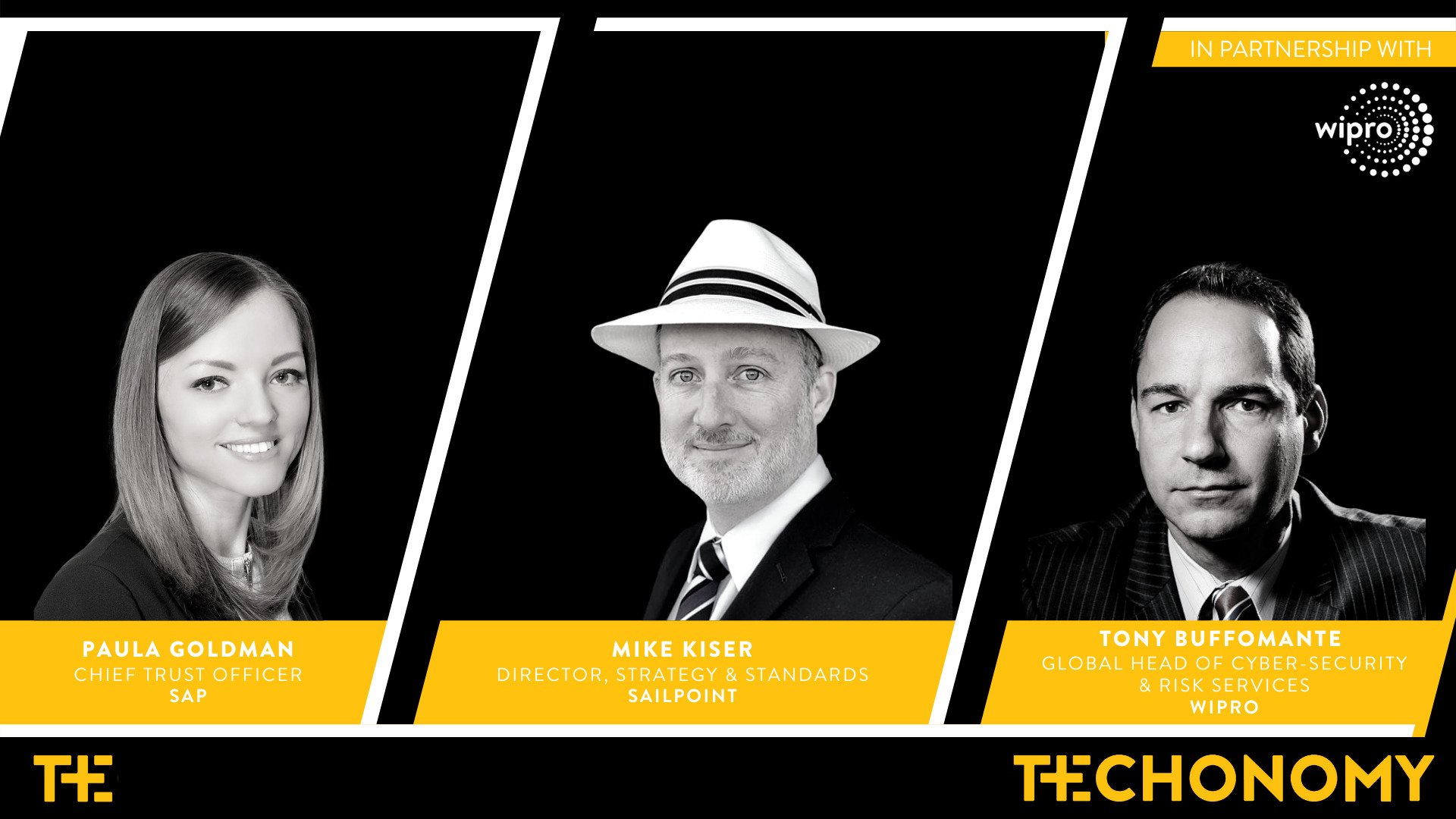Right now, the subject on everybody’s lips is AI. With the creation and subsequent proliferation of programs such as ChatGPT, the large language chatbot developed by OpenAI, nearly every industry has been trying to figure out how they can incorporate these new technologies into their day-to-day operations.

Of course, as one of the largest and most profitable industries on the planet, fashion is no exception. In recent months, generative AI has entered the fashion world in a myriad of ways, including supply chain management, marketing, and even design.
However, the most hotly debated use of generative AI in fashion has come with the introduction of AI models. Instead of deferring to traditional flesh-and-blood models for their campaigns and online displays, many brands have opted for digital representations to showcase garments, accessories, and shoes. Far from being mere static caricatures, these new models are dynamic figures, where you can alter their environments, and appearances with the click of a button.
Naturally, there are certain financial benefits to exclusively using AI fashion models. Digital models could significantly reduce the costs associated with professional photoshoots. They could eliminate the need to hire human models and photographers, as well as do away with the associated equipment and location fees.
AI models also have the potential to make the average consumer’s shopping experience far more diverse and inclusive. Considering their ease of customizability, companies could generate AI models that reflect a near-endless spectrum of ages, skin tones, and sizes. In theory, customers would be able to see how a brand’s clothing will look on a figure with a build and appearance that’s very similar to their own, which several pro-AI brands believe would improve their digital retail platforms.

Interested in the AI Dilemma? Join us this November for Techonomy 23! Learn More+
On the other side of the coin, the advent of AI modeling can also be viewed as controversial. This can be seen with the recent unveiling of a collaboration between the legendary denim company Levi’s and Lalaland.ai, one of the foremost digital fashion studios that specializes in the creation of AI models.
In March 2023, Levi’s announced their partnership with Laland.ai. In the accompanying press release, they elucidated that, through this relationship, they will begin to “supplement human models” later this year in an effort to “create a more inclusive, personal and sustainable shopping experience for fashion brands, retailers and customers.”
Almost immediately, the brand was met with a firestorm of criticism. Many accused Levi’s of being lazy and, in some instances, racist for using digitally generated representations of real models, as opposed to hiring the actual models.
Following this, Levi’s released a new statement, clarifying that its collaboration was not a “means to advance diversity” or a “substitute for the real action that must be taken to deliver on our diversity, equity, and inclusion goals.”
Levi’s continued, “We are not scaling back our plans for live photo shoots, the use of live models, or our commitment to working with diverse models. […] The Lalaland.ai partnership may deliver some business efficiencies that provide consumers with a better sense of what a given product looks like but should not have been conflated with the company’s diversity, equity, and inclusion commitment or strategy.”
Amy Gershkoff Bolles, Levi’s global head of digital and emerging technology strategy further explained that these AI models would “likely never fully replace human models for [the brand],” and are meant to merely improve customers’ interaction with the label’s digital showcase by offering a broader spectrum of representation. She continued by reassuring that the company does not view AI-generated models as the only solution to improving to increase diversity, equity, and inclusion among its models.
Despite all of the supposed benefits of AI models and all of Levi’s claims that its use of these digital caricatures will only enhance its customers’ shopping experiences, there is simply no denying their obvious and even dangerous drawbacks. From a business perspective, real, human models often serve as a strong point of authenticity for brands, whether it be in their marketing campaigns or online stores. Regardless of the realistic nature of AI models, consumers are likely going to be left feeling disconnected after interacting with these apparitions, as they are not flesh-and-blood beings who actually wear the clothing that they are interested in purchasing.
Since the dawn of the “supermodel era” in the 1990s, which witnessed high-fashion models achieving celebrity status, models have become reliable marketers. By collaborating with or featuring popular models in their advertising campaigns, brands attract greater attention to their product offerings and, in turn, increase sales.
Aside from being a source of celebrity, modeling is also one of the foremost art forms practiced in the fashion industry. Since the inception of the fashion house system, models have played a crucial role as muses for designers. Yves Saint Laurent was famously inspired by the beloved French model Betty Catroux, as was Karl Lagerfeld by Ines de La Fressange, Jeremy Scott by Devon Aoki, Pierpaolo Piccioli by Adut Akech, and so on. Without these models, these designers would have likely created vastly different collections and, by extension, had an altogether different impact on the worlds of fashion and art. Their role as “muse” for designers is dependent on their being human; everything from their appearances to their personalities has consistently served as points of creativity and inspiration for some of the industry’s most legendary designers. Needless to say, proliferating the use of AI models could eliminate the place of “the muse” in the design process; robbing creators of an important source of inspiration.
At its core, modeling is an art. Just as the design and construction of clothing is an artistic medium in its own right. The industry’s most renowned models, including Naomi Campbell, Cindy Crawford, Gisele Bündchen, and Iman, among others, have garnered such acclaim over the course of their careers for their ability to elegantly showcase and, in essence, “sell” garments. Far from being static mannequins, they breathe life into each designer’s creation whether it be in editorial shoots, on runways, or in digital catalogs.
Transitioning from human to AI models would effectively do away with the art of modeling, in addition to eliminating the jobs of thousands.
AI will likely continue to be a point of contention in all industries and the modeling industry is certainly no exception. As a creative endeavor, human participation is crucial in nearly every aspect of the fashion world. Without human influence, creativity itself ceases to exist, and fashion loses its artistic quality altogether. Therefore, the advent of AI models should be viewed with caution and, in order to preserve fashion’s inherently artistic foundation, industry mainstays should begin to consider regulations on the use of such technologies before the corporate impulse to cut costs eliminates a core creative component of the fashion industry.
Techonomy 23: The Promise and Peril of AI
Techonomy 23: is a three-day retreat dedicated to exploring the risks and rewards of the AI revolution. Join our live audience of 200 CEOs, CTOs, policymakers, academics, and thought leaders as we chart a course...

